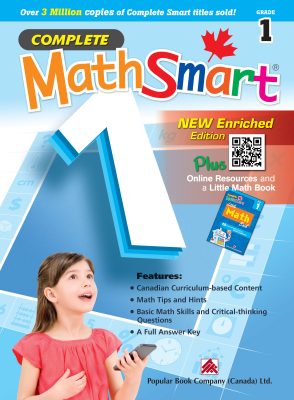As September nears and the days get shorter, we know that school is quickly approaching. With what will be a more “normal” year to come, we want to set our children up for success whether they are attending a virtual or in-person school. One of the very most basic, yet important ways to do so at home is by creating a workspace that is conducive to learning.
Just like adults, it can be frustrating when children cannot find a space to work in. By having an organized, well-thought-out space for learning, we can provide our children with the physical space they need to grow and learn. Follow these helpful tips to create the perfect spot for your child.
-
Create a meaningful, designated space for learning
- This is a specific spot dedicated to learning for a specific child.
- It should be in a place that is free of distractions and away from busy household spaces.
- Create a name for it – _____’s study space, _____’s learning space so that it has a purpose (you can even have your child make a sign for their space).
-
Organize the space
- The space should be comfortable and well organized – materials are within reach, worksheets, workbooks, computers, etc. all have a clear spot.
- Ensure it is decluttered as we want to eliminate distractions.
- Provide appropriate tools (this could mean a yoga ball as an option for a chair, a weighted blanket, a stress ball, etc.).
- Designate a spot for finished work and assign a place for work that needs to be completed that is organized neatly (if virtual learning this could mean organized by subject in files, or simply two folders, one means finished work and the other means incomplete work).
-
Find a space with natural light
- Working in the basement is not an ideal space for learning.
- Having a bright space has been linked to increased productivity, focus, and overall learning.
- One studied showed that light boosted test scores and overall learning (Anthes, 2009).
- Natural lighting also helps to create a more upbeat space opportune to learning.
-
Find a quiet space
- A quiet space is necessary for students to focus, become engaged with their work, retain information, and learn.
- Somewhere like the dining room table or a desk work best – avoid the kitchen as it is a busy space.
- If your child doesn’t like to work in a quiet space, play classical or instrumental music (tv in the background does not work).
-
Promote their space as their own
- Have your child help to co-create their space.
- Make them responsible for taking care of it.
- Only have them do schoolwork there (it should not double as a play space).
-
Have water easily accessible
- Studies have found that a lack of hydration affects mental performance and learning abilities in students (Fadda et al. 2012).
- By having water easily accessible, students can stay hydrated and stay ready to learn.
-
Create a to-do list
- Work with your child to create and organize a plan for the day.
- Have them create a checklist of the work they have to do for the day or have them use their agenda in class – both ways will promote independence and organization.
- Make the list simple, but clear.
Learning spaces don’t have to be fancy, but they do have to be well thought out. It is a good idea to have these spaces established before school starts. By creating a meaningful, quiet, and organized space we are ensuring that our children are given a physical environment that promotes their learning.









